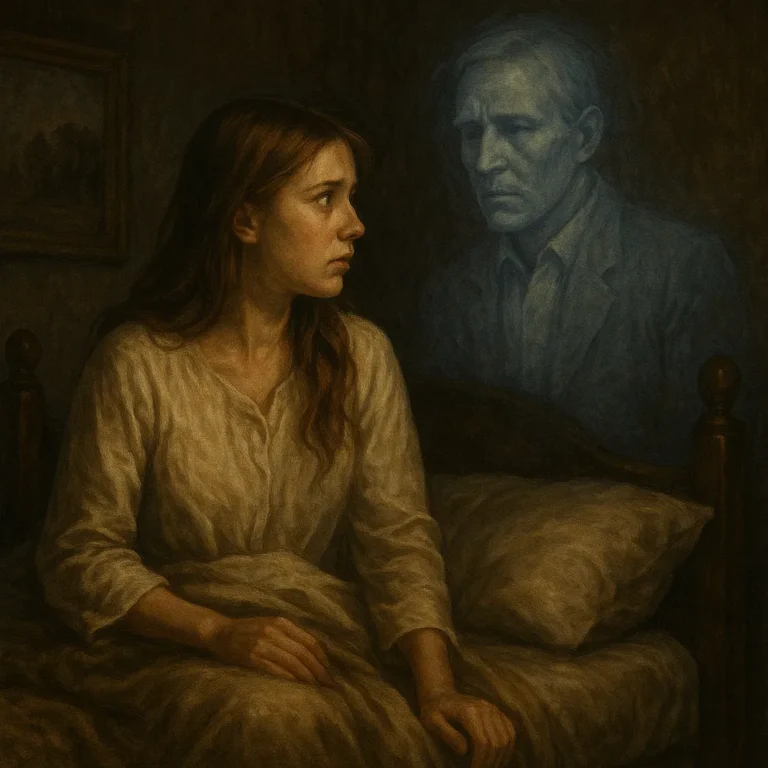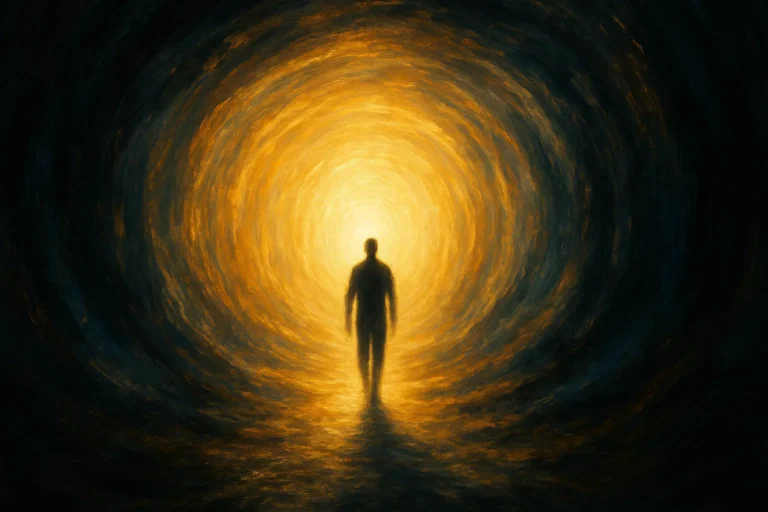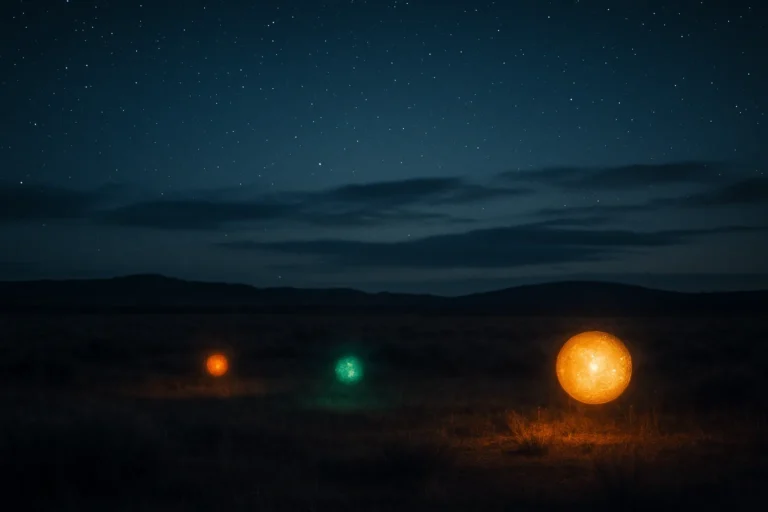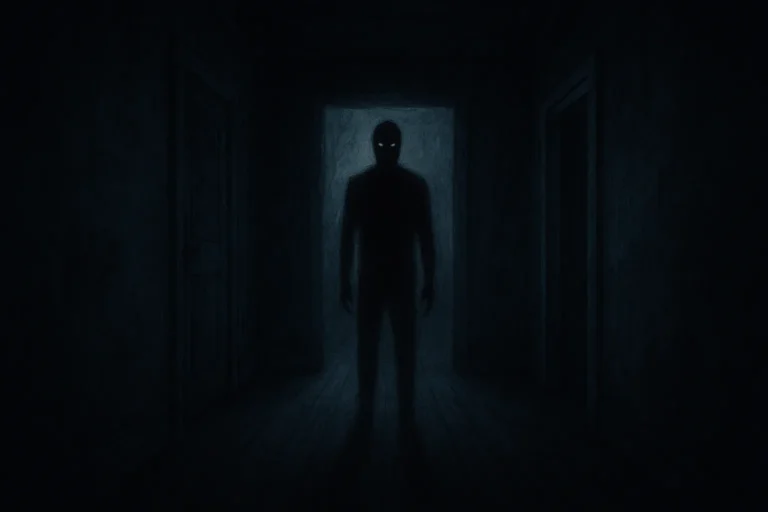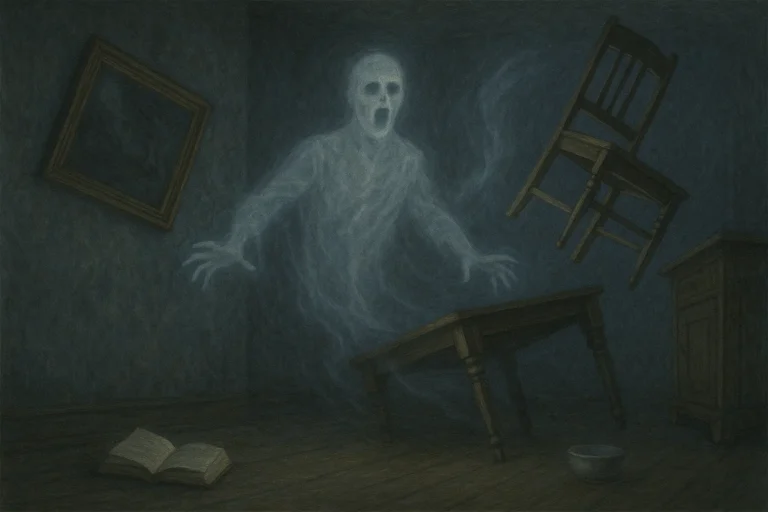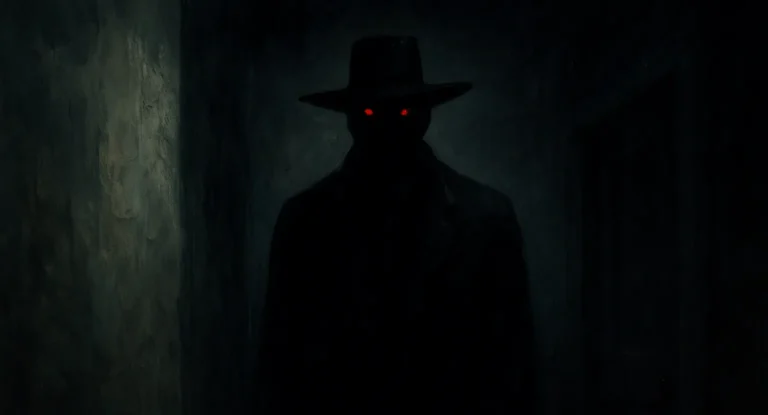Phantom Hitchhikers: Vanishing Passengers of the Open Road
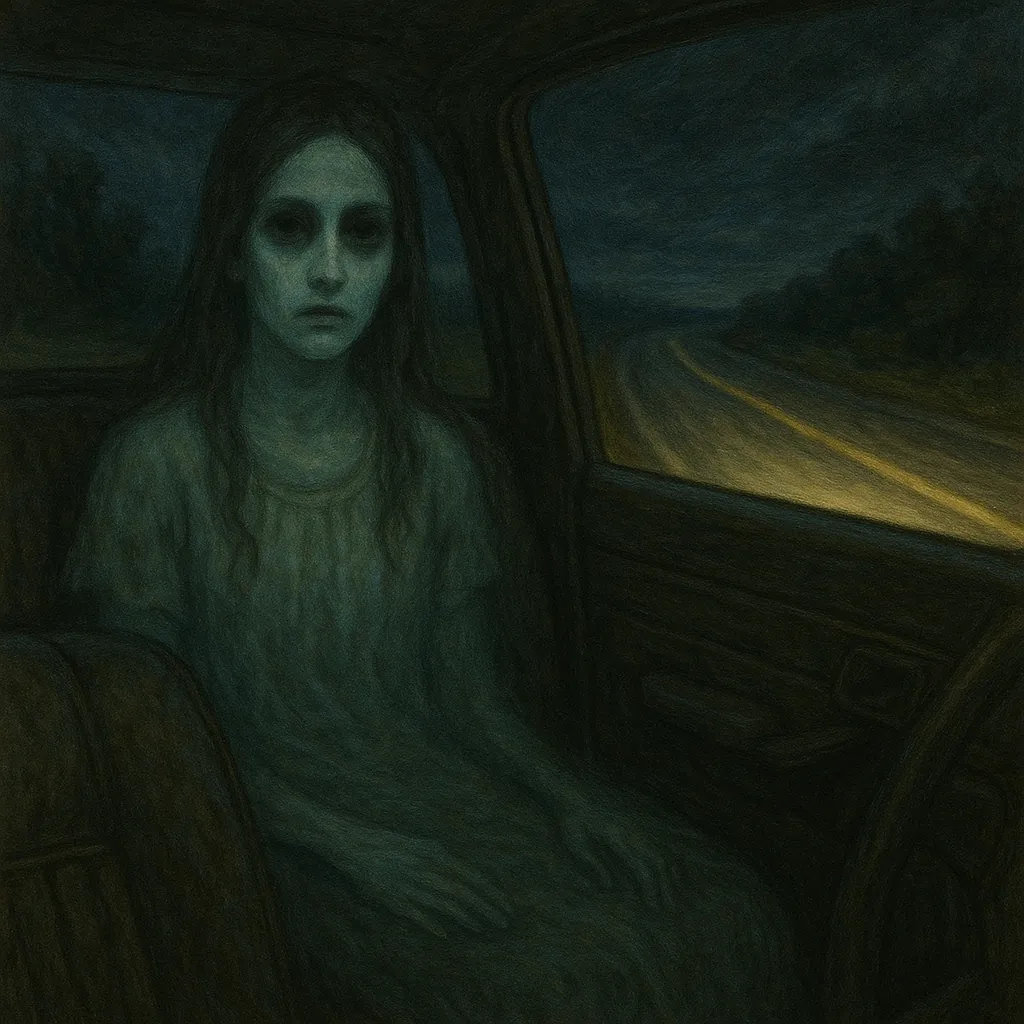
It’s late at night. The road stretches out like a ribbon of black silk under your headlights, surrounded by emptiness. As you pass a bend or crest a hill, there they are — a lone figure thumbing for a ride. Something about them feels…off. But maybe it’s just your imagination. You slow down, offer them a seat, and continue down the highway. For a while, it’s quiet. Then you glance in the rearview mirror. The back seat is empty.
Stories like this have been whispered for decades, perhaps even centuries. They fall under the chilling umbrella of “phantom hitchhikers” — spectral travelers who accept a ride, share a few words, and then vanish without a trace. Often connected to tragic deaths or lost souls, these ghostly passengers are found in folklore across the globe, but the lonely roads of America are particularly rich with such tales.
Could there be more to these eerie encounters than urban legends? Or are they just our collective fear of the dark given form?
🚗 The Classic Encounter
Most phantom hitchhiker stories follow a familiar pattern. A driver, usually traveling at night, spots a lone figure by the side of the road. The person — often a young woman in distress or a man in outdated clothing — signals for a ride. The driver stops. The passenger climbs in, sometimes providing an address or simply riding in silence.
But somewhere along the route, the hitchhiker disappears. No door opening. No goodbye. Just gone.
In some versions, the driver reaches the address and knocks on the door, only to be told that the person they picked up died years ago. Sometimes it’s a grieving parent or spouse who confirms the impossible — and sometimes, a faded photograph confirms the hitchhiker’s identity.
The details vary, but the essence of the story remains: a brief, unexplained encounter with someone who should no longer be among the living.
🕯️ A Story Passed Down
One of the most famous American versions comes from Chicago’s Archer Avenue, near Resurrection Cemetery. The ghostly hitchhiker in this tale is known as “Resurrection Mary,” said to be the spirit of a young woman who died in a car accident in the 1930s after leaving a dance. Since then, countless drivers have reported picking up a blonde woman in a white dress along the road — only for her to vanish near the cemetery gates.
Another tale from the Bluegrass Parkway in Kentucky tells of a woman who appears suddenly on the road, sometimes in the back seat, sometimes directly in the path of the vehicle. Drivers brake in panic, only to find no one there. Some claim the ghost is that of a woman murdered on that stretch of road decades ago.
These stories aren’t confined to the U.S., either. In South Africa, people speak of the Uniondale Hitchhiker, a young woman said to haunt a stretch of road where she died in a motorcycle crash. In the Philippines, ghostly passengers are rumored to enter taxis late at night, only to leave behind nothing but a cold chill.
Wherever people drive alone through long stretches of darkness, the stories seem to follow.
🧠 The Psychology Behind the Phenomenon
Skeptics and researchers have long tried to explain phantom hitchhiker tales as manifestations of the human mind. Some suggest that these stories tap into deep cultural fears — fear of the unknown, fear of death, or even guilt over not helping someone in need.
Psychologist Carl Jung famously explored the idea of the “collective unconscious,” and some folklorists argue that the phantom hitchhiker is a modern archetype. In other words, it’s a symbol that represents something buried deep within us — our discomfort with death, unresolved grief, or the disquiet of traveling alone at night.
Others propose more rational explanations. A tired driver might hallucinate. A shadow or movement could be misinterpreted. Memory can play tricks, and in times of stress or fatigue, the mind may fill in blanks with eerie detail.
Still, even with science in the back seat, the stories continue.
👻 Believers and Eyewitnesses
Despite the rational explanations, many people insist their encounters were real — and life-changing.
Some report feeling an overwhelming sadness or cold when the phantom appeared. Others describe the hitchhiker’s eyes as unusually vivid, or their touch as chilling to the bone. A few claim the ghost gave them a message — often something cryptic, personal, or seemingly meant just for them.
In a 2014 interview with the BBC, folklorist Dr. Gillian Bennett pointed out that people are often emotionally invested in their accounts. Whether or not a ghost was truly present, the experience feels deeply meaningful.
And isn’t that part of what makes a mystery so enduring?
🌫️ Between Life and Legend
What separates phantom hitchhikers from other ghost stories is the intimacy of the experience. These aren’t just glimpses of shadows at the edge of a field or flickers in old houses. They’re interactions — brief, strange, and often unsettling. The idea that someone could sit next to you, speak with you, and then vanish into thin air taps into something primal.
Some even speculate these encounters represent souls caught between worlds. Spirits who died suddenly, tragically, or with unfinished business. Could it be that in the liminal space of dark roads and quiet cars, the veil between the living and the dead thins just enough for contact?
Or are phantom hitchhikers simply tales we tell to explain our unease — a ghost story for the modern era?
🚧 Final Stop
Whether you believe in ghosts or not, the legend of the phantom hitchhiker has staying power. It survives because it captures something universal: our loneliness, our fear of the unknown, and our instinct to help — even when we shouldn’t.
So the next time you’re driving down an empty stretch of road and see someone waving for a ride, take a second glance. They might need help. Or maybe… they already had their final destination long ago.

